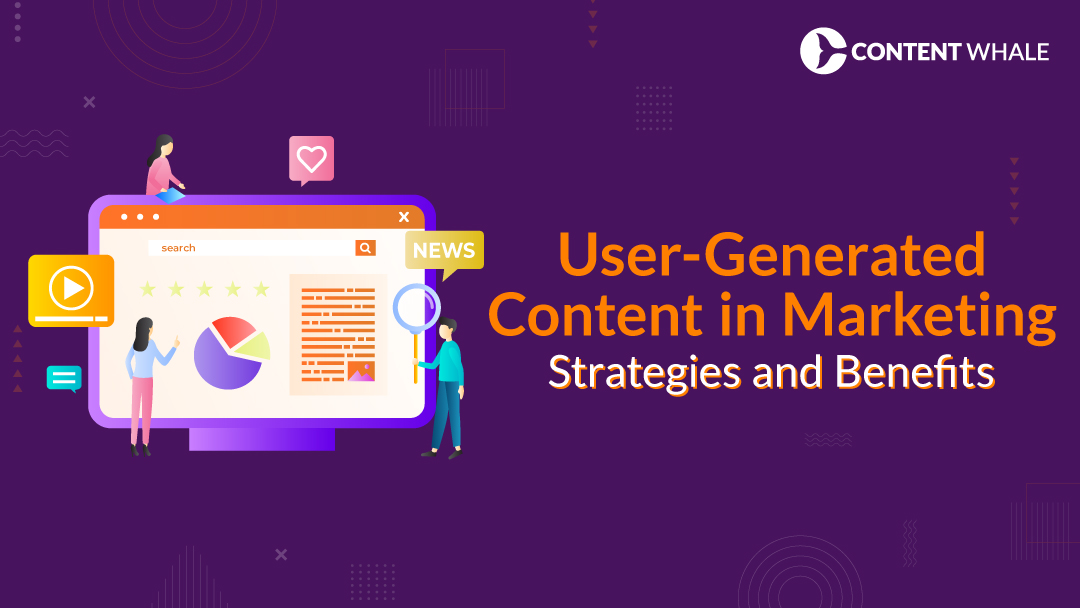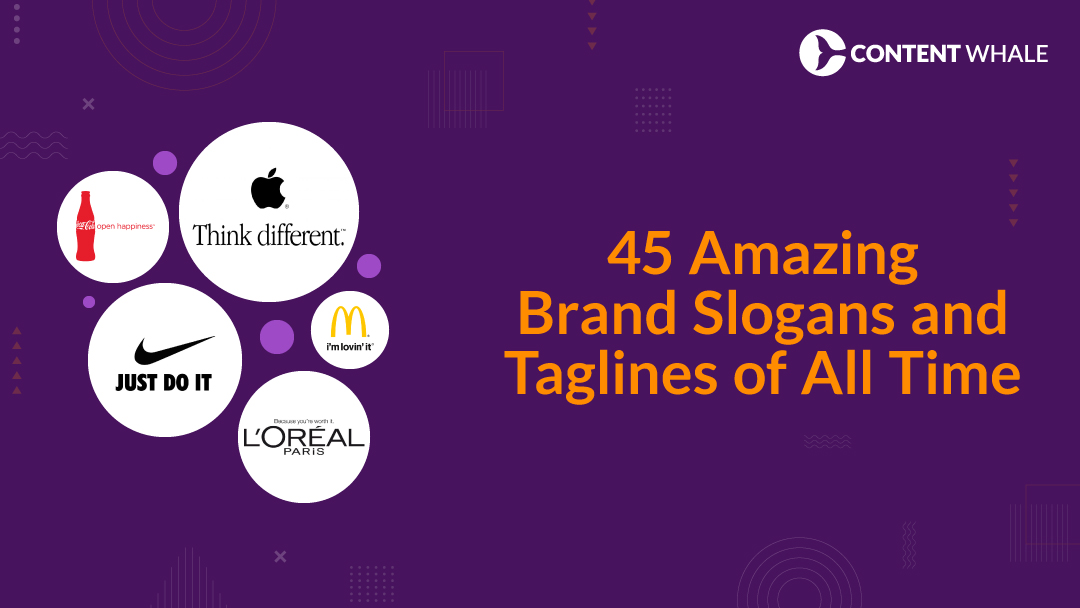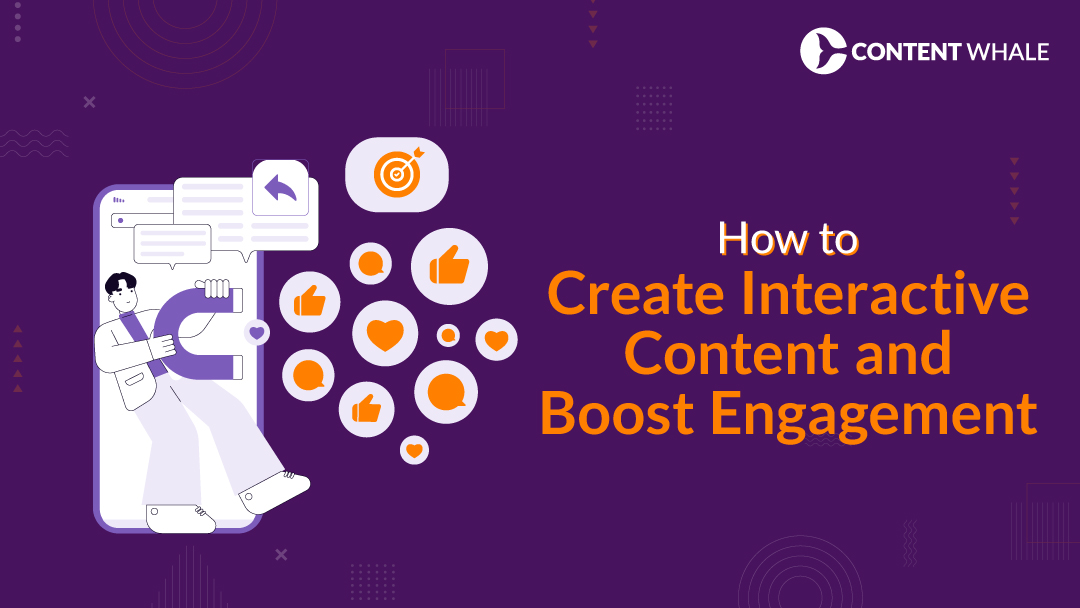User-generated content in marketing has become essential for brands looking to build genuine connections with their audience. This content, created by users or customers, includes reviews, social media posts, and videos.
UGC marketing is important because it offers authenticity that traditional advertising often lacks. This blog will cover effective user content strategies for encouraging and curating UGC.
We will explore the UGC benefits that come from integrating this content into your marketing efforts. By leveraging customer content, brands can enhance engagement, increase loyalty, and reduce content creation costs.
Additionally, we will highlight successful UGC campaigns and discuss how to measure the impact of UGC on your marketing strategy.
Integrating user-generated content in marketing strategies can lead to significant improvements in brand perception and customer trust.
Through real-world examples and actionable tips, we aim to provide a comprehensive guide for brands to harness the power of UGC.
The purpose of this blog is to show how valuable customer contributions can transform your marketing approach, making it more relatable and effective.
Understanding User-Generated Content
User-generated content in marketing refers to any content created by customers or users about a brand, rather than by the brand itself.
This content can take various forms, such as reviews, social media posts, videos, photos, and blog comments.
Each type of customer content plays a unique role in showcasing genuine user experiences.
Types of UGC include:
- Reviews and Ratings: These are often found on e-commerce sites or review platforms like Yelp and TripAdvisor. They provide potential customers with insights from real users.
- Social Media Posts: Customers frequently share their experiences with brands on platforms like Instagram, Facebook, and Twitter, often using branded hashtags.
- Video Content: User-made videos, including unboxings, tutorials, and testimonials, are popular on YouTube and TikTok.
The role of user-generated content in marketing is significant. It provides social proof, enhancing a brand’s credibility and authenticity.
When potential customers see real users sharing their positive experiences, they are more likely to trust the brand and make a purchase. This is one of the key UGC benefits.
Incorporating UGC into your digital marketing strategy helps build a sense of community around your brand.
It encourages customer engagement and fosters loyalty, as users feel more connected to the brand when their content is acknowledged and shared.
Additionally, UGC can lead to a higher level of organic reach, as user-shared content is often more trusted and engaging than traditional brand advertising.
By understanding and leveraging these various types of customer content, brands can create more effective and authentic marketing strategies that resonate with their audience.
The following sections will explore the benefits of UGC, strategies to encourage it, and how to measure its impact on your marketing efforts.
Benefits of User-Generated Content in Marketing
User-generated content in marketing offers a variety of advantages that can significantly enhance a brand’s marketing efforts.
Understanding these UGC benefits is essential for leveraging this powerful tool effectively.
1. Increased Authenticity and Trust
Consumers tend to trust customer content more than traditional advertisements. Seeing real customers use and endorse a product builds credibility and trust.
Authentic experiences shared by users are perceived as more genuine and reliable, which can significantly influence potential buyers.
2. Enhanced Customer Engagement and Loyalty
UGC marketing encourages higher levels of engagement. When customers create and share content about a brand, they feel more connected and valued.
This engagement fosters a sense of community and loyalty, as users are more likely to continue supporting a brand they feel personally invested in.
Engaged customers are also more likely to become repeat buyers and brand advocates.
3. Cost-Effectiveness
One of the major UGC benefits is its cost-effectiveness. Creating high-quality content can be expensive and time-consuming.
However, when customers generate content, it reduces the need for extensive content creation resources.
Brands can leverage user-generated photos, videos, and reviews without the associated costs of professional content production.
4. Improved SEO and Organic Reach
UGC can boost a brand’s search engine rankings. Fresh, relevant content created by users increases a website’s visibility and attracts more traffic.
Additionally, when users share content on their social media platforms, it extends the brand’s organic reach.
The more people interact with and share your content, the higher your visibility across different channels.
5. Social Proof and Influence
Seeing other customers share their positive experiences provides social proof.
Potential customers are more likely to trust recommendations from other users over brand messages.
This social influence can lead to increased conversions and sales. Positive UGC acts as a powerful testimonial that can sway the purchasing decisions of others.
6. Content Diversity
User content strategies allow for a diverse range of content. Customers will share various perspectives and creative takes on your products, adding variety to your marketing materials.
This diversity keeps the content fresh and engaging for your audience.
7. Building Community
Encouraging UGC helps build a community around your brand. When customers see their content featured, they feel acknowledged and appreciated, which strengthens their connection to the brand.
Understanding and leveraging these benefits can transform your marketing approach.
By integrating user-generated content in marketing strategies, brands can build authenticity, enhance engagement, and drive organic growth effectively.
Strategies to Encourage User-Generated Content
Implementing effective user content strategies can significantly boost the amount of user-generated content in marketing efforts.
Here are several proven tactics to encourage your customers to create and share content about your brand.
1. Creating Engaging Campaigns and Contests
One of the best ways to encourage UGC marketing is through campaigns and contests. These can be as simple as asking customers to share photos or videos using your products.
Offering a prize or a chance to be featured on your brand’s social media can motivate participation. For example, a photo contest with a branded hashtag can generate a lot of high-quality content while engaging your audience.
2. Incentivizing Customers to Share Their Experiences
Providing incentives can be a powerful motivator. Discounts, freebies, or loyalty points can encourage customers to share their experiences and content.
You could offer a discount code for every review or photo shared, which not only increases customer content but also drives repeat purchases.
3. Using Branded Hashtags and Social Media Prompts
Branded hashtags are a simple yet effective way to collect and organize UGC. Encourage your customers to use a specific hashtag when they post about your products.
This makes it easier for you to find and share their content. Social media prompts, such as asking questions or encouraging users to share their stories, can also spark engagement and generate UGC.
4. Showcasing UGC on Various Platforms
Highlighting customer content on your website, social media, and emails shows your appreciation and encourages more users to contribute.
Featuring UGC prominently on your homepage or product pages can boost credibility and provide social proof.
Sharing user-generated posts on your brand’s social media accounts also validates the contributors and motivates others to share their experiences.
5. Collaborating with Influencers and Loyal Customers
Partnering with influencers and loyal customers can amplify your UGC marketing efforts.
Influencers can encourage their followers to create content about your brand, while loyal customers can act as brand ambassadors, sharing their positive experiences and generating more content.
6. Creating a Community for Your Customers
Building a community around your brand can naturally lead to more UGC. Create forums, groups, or social media communities where customers can interact, share tips, and discuss your products. This sense of belonging can inspire them to share more content.
Implementing these user content strategies can lead to a significant increase in the amount and quality of user-generated content in marketing.
By making it easy and rewarding for customers to share their experiences, brands can build a strong, authentic presence online and enjoy the numerous UGC benefits.
Curating and Managing User-Generated Content
Curating and managing user-generated content in marketing requires a strategic approach to ensure the content aligns with your brand’s values and enhances your marketing efforts.
Here are some best practices for handling customer content effectively.
1. Best Practices for Curating High-Quality UGC
To maintain quality, only select content that is positive, relevant, and engaging. Look for high-resolution images, clear videos, and detailed reviews that highlight the best features of your products.
Consistency is key, so ensure the chosen content aligns with your brand’s aesthetic and messaging.
2. Legal Considerations and Obtaining Permissions
It is essential to obtain permission from users before using their content in your marketing. This can be done by directly asking for their consent or including terms and conditions in your campaign guidelines.
Clearly state how their content will be used and always give credit to the creators. Respecting users’ rights and privacy builds trust and encourages more people to contribute.
3. Tools for Managing and Displaying UGC
There are several tools available to help brands manage and display user-generated content.
Platforms like TINT, Yotpo, and Stackla offer features to collect, curate, and showcase UGC across different channels.
These tools streamline the process of gathering content, getting permissions, and integrating UGC into your marketing campaigns.
4. Organizing UGC for Maximum Impact
Categorize and tag UGC to make it easy to find and use. Create a content calendar to plan when and where to share UGC.
Highlight different types of content on various platforms, such as featuring reviews on your website, sharing photos on Instagram, and posting video testimonials on YouTube.
5. Showcasing UGC Effectively
Display customer content prominently on your website, social media, and email campaigns. This not only validates the contributors but also provides social proof to potential customers.
Highlighting UGC on product pages can influence purchasing decisions by showing real-life use cases and positive experiences.
By following these strategies for curating and managing user-generated content in marketing, brands can ensure they leverage the full potential of UGC.
Proper management of customer content enhances credibility, engages the audience, and maximizes the numerous UGC benefits.
With the right approach, UGC can become a powerful component of your marketing strategy.
Examples of Successful UGC Campaigns
Successful user-generated content in marketing campaigns showcase the power of engaging customers to create authentic content.
Here are some notable examples and what made them effective.
1. Coca-Cola’s “Share a Coke” Campaign
Coca-Cola replaced its logo with common names on bottles and cans, encouraging customers to find and share photos of their personalized drinks.
This campaign generated a massive amount of customer content across social media.
The use of personalized products made the campaign highly engaging and shareable, demonstrating one of the key UGC benefits—enhanced customer engagement.
2. Starbucks’ #RedCupContest
Every holiday season, Starbucks invites customers to decorate their red holiday cups and share their creations on social media using the hashtag #RedCupContest.
This campaign successfully generates a significant amount of UGC, as customers are eager to showcase their artistic skills and holiday spirit.
Featuring the best entries on Starbucks’ social media channels encourages more participation, showcasing effective UGC marketing.
3. GoPro’s Customer Videos
GoPro encourages its users to share their adventure videos captured using GoPro cameras. By showcasing these videos on their website and social media, GoPro highlights the versatility and quality of their products.
This strategy not only generates high-quality customer content but also inspires other users to share their experiences, creating a continuous cycle of UGC.
4. Apple’s “Shot on iPhone” Campaign
Apple’s ongoing campaign invites iPhone users to share their best photos taken with their devices. The selected photos are featured on Apple’s social media, billboards, and other marketing materials.
This campaign highlights the camera quality of iPhones while providing authentic content created by actual users, a prime example of the UGC benefits in action.
These examples show that successful UGC campaigns involve clear calls to action, incentives, and prominent showcases of customer content.
By implementing similar user content strategies, brands can create engaging and effective UGC campaigns that resonate with their audience.
Measuring the Impact of User-Generated Content
Measuring the impact of user-generated content in marketing is essential to understand its effectiveness and refine your strategies.
Here are key metrics and tools to help you evaluate UGC benefits.
1. Key Metrics to Track
- Engagement: Monitor likes, shares, comments, and mentions on social media. High engagement indicates that the customer content resonates with your audience and drives interaction.
- Conversion Rates: Track the conversion rates from UGC to see how it influences purchasing decisions. This can include clicks, sign-ups, and sales generated from user-generated content.
- Reach and Impressions: Measure the number of people who see your UGC. A wider reach means your content is spreading effectively across platforms.
2. Tools for Measuring UGC Effectiveness
- Google Analytics: Use Google Analytics to track traffic and conversions from UGC. It helps you understand which user-generated content drives the most engagement and leads to conversions.
- Sprout Social: This tool provides comprehensive social media analytics, helping you track engagement metrics and understand the impact of UGC on your social media performance.
- Hootsuite: Similar to Sprout Social, Hootsuite offers analytics to monitor social media engagement and measure the effectiveness of your UGC marketing campaigns.
3. Adjusting Strategies Based on Performance Data
- Analyze Trends: Regularly review your metrics to identify trends and patterns. Understanding what types of UGC perform best allows you to tailor your user content strategies accordingly.
- Feedback Loop: Encourage feedback from your audience to understand their preferences better. Use this information to refine your approach and improve future campaigns.
- Optimize Campaigns: Continuously optimize your UGC campaigns based on performance data. Adjust your calls to action, incentives, and content showcases to maximize engagement and conversions.
By tracking these metrics and using the right tools, brands can effectively measure the impact of user-generated content in marketing.
This enables you to harness the full potential of UGC, ensuring that your marketing strategies are data-driven and continuously improving.
User-generated content in marketing is a powerful tool for brands seeking authenticity and engagement.
By integrating UGC marketing into your strategies, you can leverage the genuine experiences of your customers to build trust and credibility.
The numerous UGC benefits include increased customer engagement, cost-effective content creation, improved SEO, and enhanced loyalty.
Encouraging and showcasing customer content through campaigns, contests, and social media prompts can significantly boost your brand’s visibility and reputation.
Effective user content strategies help in collecting high-quality UGC and ensuring it aligns with your brand’s message.
Start incorporating UGC into your marketing efforts to experience its transformative effects.
Highlight user experiences, engage with your audience, and measure the impact to continually refine your approach.
By making UGC a core part of your marketing strategy, you can build a more connected and loyal customer base.
What is user-generated content (UGC)?
User-generated content (UGC) is any content created by users or customers about a brand. This includes reviews, social media posts, videos, and photos.
Why is UGC important in marketing?
User-generated content in marketing is important because it enhances authenticity, builds trust, and encourages customer engagement.
How can I encourage my customers to create UGC?
Encourage customer content by running engaging campaigns, offering incentives, using branded hashtags, and showcasing user content on various platforms.
What tools can help manage UGC?
Tools like TINT, Yotpo, and Stackla can help manage and display user-generated content, making it easier to curate high-quality UGC.
How do I measure the success of my UGC campaigns?
Measure the success of your UGC marketing campaigns by tracking engagement metrics, conversion rates, and using analytics tools like Google Analytics and Sprout Social.





